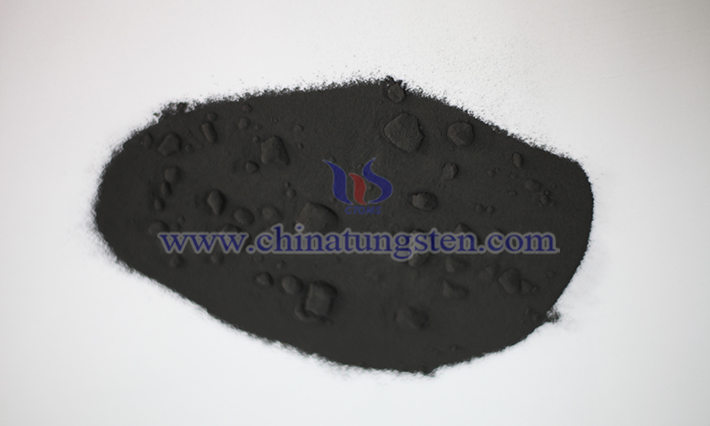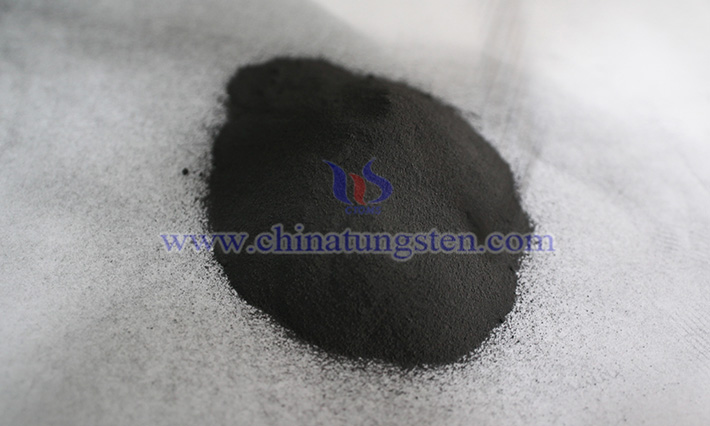Molybdenum Diselenide
- Details
- Category: Tungsten Information
- Published on Thursday, 07 August 2025 13:45
As a representative material among low-dimensional transition metal dichalcogenides, molybdenum diselenide (MoSe₂) is widely used in various fields such as photocatalysis, energy storage, solid lubrication, microelectronics, and optoelectronics due to its unique crystal structure and excellent thermodynamic properties. Below is an introduction to the basic information of this material.

1. Definition
Molybdenum diselenide is a compound composed of the rare metal molybdenum and the non-metal selenium, known in English as Molybdenum Diselenide, with the chemical formula MoSe₂, a molecular weight of 253.86, and a CAS number of 12058-18-3.
2. Physicochemical Properties
It appears as a gray-black powder with a purity greater than 99.999%, a particle size ranging from 5 to 10 millimeters, a density of 6.90 g/cm³, a melting point of 1,200°C, and a bandgap width of approximately 1.4 eV. It exhibits excellent structural rigidity, conductivity, electrocatalytic activity, electron mobility, charge storage performance, solid lubrication properties, and back-gate effects.

3. Structure
It features a layered structure similar to molybdenum disulfide, with each layer consisting of numerous hexagons. The lattice parameters are a = 0.329 nm, b = 0.329 nm, c = 1.289 nm, α = 90°, β = 90°, and γ = 120°.
4. Production Processes
Direct Synthesis Method: Molybdenum and selenium are mixed in a 1:2 molar ratio and reacted at 800–1,150°C to produce MoSe₂.
Mechanical Exfoliation Method: Typically, bulk molybdenum diselenide is obtained on a silicon substrate via thermal oxidation, followed by mechanical exfoliation to yield the desired product.
Thermochemical Vapor Deposition Method: Using molybdenum oxide and selenium powder as raw materials, with a carrier gas mixture of argon and hydrogen, single-layer or multi-layer MoSe₂ thin films are grown on a SiO₂/Si substrate via thermochemical vapor deposition.
5. Applications
Beyond its use as a solid lubricant, molybdenum diselenide is applied in lithium-ion batteries, solar cells, photocatalysts, phototransistors, light-emitting diodes, and optical modulators.
- Chinatungsten Online: www.chinatungsten.com
- CTIA GROUP LTD: en.ctia.group
- Tungsten News & Price: www.ctia.com.cn
- Molybdenum News & Price: news.molybdenum.com.cn
- Tel.: 86 592 5129696; Email: sales@chinatungsten.com



 sales@chinatungsten.com
sales@chinatungsten.com